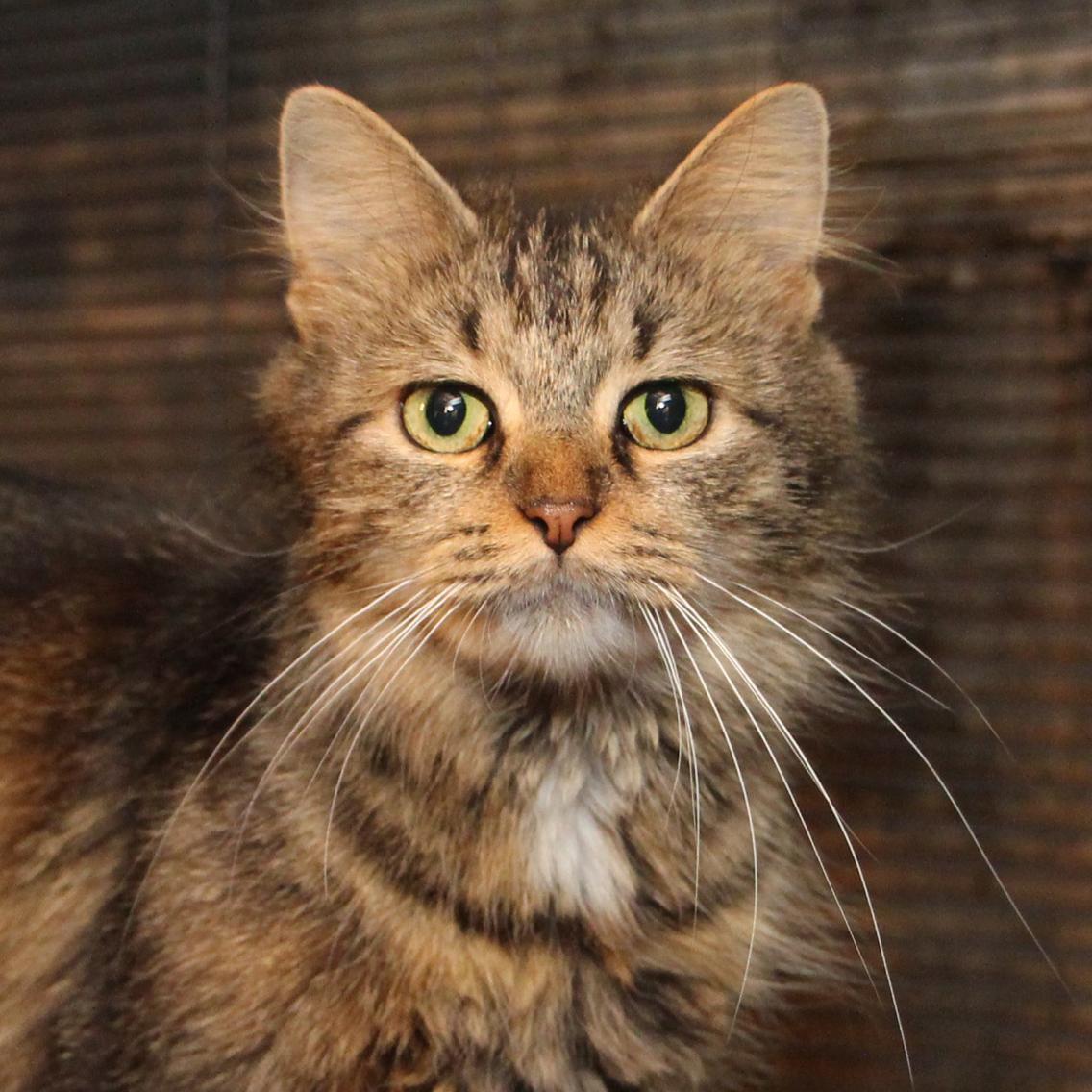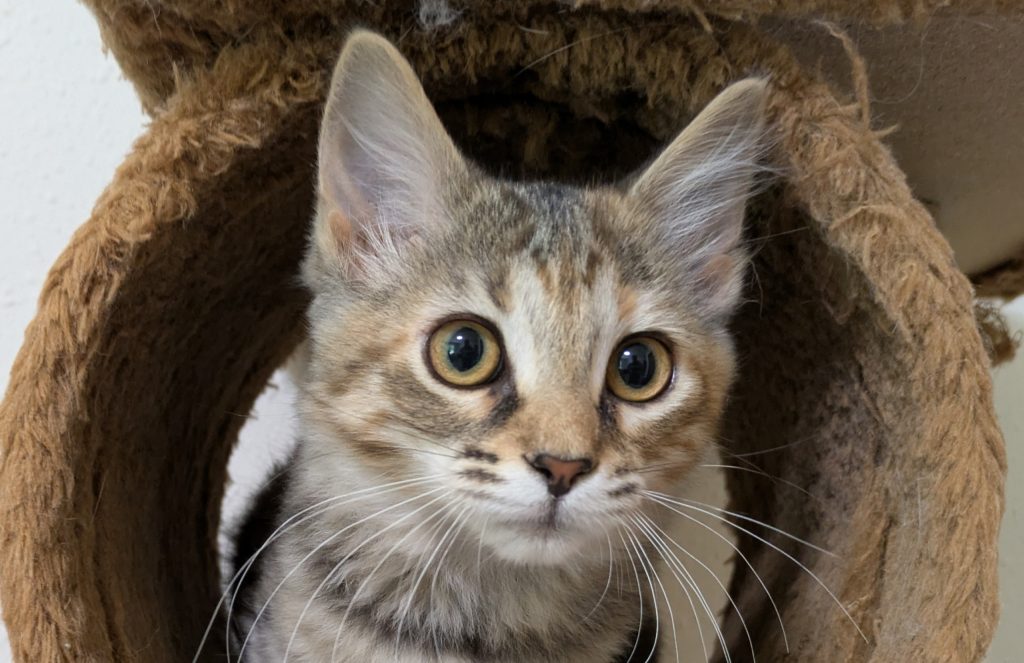Thinking about adopting a cat? One of the first questions you might have is, “How much should I ask for the cat adoption fee?” Setting the right fee isn’t just about covering costs—it helps ensure your cat finds a loving, responsible home.
If you charge too little, you might attract people who aren’t ready for the commitment. Charge too much, and you could miss out on great adopters. You’ll discover simple, practical tips to find the perfect balance. Keep reading to learn how to set an adoption fee that works for you and your future feline friend.

Credit: www.reddit.com
Factors Influencing Cat Adoption Fees
Setting the right adoption fee for a cat depends on many factors. These factors help cover costs and make sure the cat gets a good home.
Understanding these factors will help shelters and adopters agree on a fair price for the cat.
Breed And Age Considerations
Purebred cats usually have higher adoption fees. This is because they are rare and require special care.
Young kittens often cost more than older cats. People want kittens more, so fees can be higher.
- Purebred cats have higher fees
- Kittens cost more than adult cats
- Senior cats may have lower fees to encourage adoption
Health And Veterinary Costs
Health checks and treatments affect adoption fees. Cats that need more care can cost more to adopt.
Vaccinations, parasite control, and medical exams add to the price. These keep cats healthy for new owners.
- Vaccinations increase adoption costs
- Treated illnesses may raise fees
- Routine vet exams are included in fees
Spaying And Neutering Expenses
Spaying or neutering is a common part of adoption. This surgery helps control the cat population.
The cost of this surgery adds to the adoption fee. Cats already fixed usually have a set fee.
- Spay/neuter surgery adds to the cost
- Fixed cats have standard fees
- Unfixed cats may have lower fees but require surgery later
Behavior And Training Impact
Cats with good behavior or training may have higher fees. They are easier for new owners to care for.
Cats with behavior issues might cost less. This encourages adoption and helps cats find homes.
- Well-behaved cats can have higher fees
- Training adds value to the cat
- Behavior challenges lower fees for adoption
Market Research For Pricing
Setting the right adoption fee for cats needs good research. Understanding what others charge helps make a fair price.
This guide looks at fees from shelters, private groups, and online platforms to help you decide how much to ask.
Local Shelter Fee Comparison
Local shelters usually set fees based on their costs and community standards. These fees cover vaccinations, spaying or neutering, and health checks.
| Shelter Name | Adoption Fee | Included Services |
| City Animal Shelter | $75 | Vaccines, Spay/Neuter, Microchip |
| Northside Rescue | $60 | Vaccines, Health Check |
| Community Cat Haven | $85 | Vaccines, Spay/Neuter, Microchip, Vet Exam |
Private Adoption Fee Trends
Private groups set fees depending on the cat’s age, breed, and health. They often charge more for special needs or purebred cats.
- Adult cats usually cost less than kittens.
- Purebreds have higher fees due to breeding costs.
- Some groups add fees for medical treatments.
- Discounts may apply for multiple adoptions.
Online Adoption Platforms
Online platforms show a wide range of fees. These depend on location, demand, and the platform’s policies.
Typical fees on popular platforms:
- $50 – $100 for most cats
- Higher fees for kittens or special breeds
- Some sites add processing or service fees
Check the platform’s terms to know what the fee covers.
Balancing Affordability And Sustainability
Setting a cat adoption fee is important for shelters and adopters. The fee should be fair and cover costs.
The goal is to keep adoption affordable while supporting ongoing care for animals.
Covering Basic Care Costs
Adoption fees help pay for the cat’s food, vaccines, and vet visits. These costs add up fast.
Fees should cover these basic needs to avoid losses for shelters and rescues.
- Vaccinations and health checks
- Spaying or neutering
- Food and litter expenses
- Temporary shelter and care
Funding Future Animal Care
Adoption fees also support care for other animals waiting for homes. This keeps shelters running.
Setting fees too low can reduce funds for future medical care and rescue efforts.
- Medical treatments for sick animals
- Emergency rescue operations
- Providing food and shelter
- Community outreach programs
Encouraging Responsible Adoption
A reasonable fee helps ensure adopters are serious about caring for the cat. It shows commitment.
Low or no fees may lead to people adopting without proper plans, causing more returns or neglect.
- Discourages impulse adoptions
- Encourages adopters to plan ahead
- Supports long-term care for pets
- Helps match cats with good homes

Credit: www.petfinder.com
Additional Fees And Donations
When setting a cat adoption fee, consider extra costs beyond the basic price. These fees help cover important services and supplies needed for the cat’s care.
Donations also support shelters and help more animals find homes. Many adopters choose to give extra to support animal welfare.
Optional Medical Add-ons
Medical care is a big part of cat adoption costs. Optional add-ons can include vaccinations, microchipping, and spaying or neutering.
- Rabies and distemper vaccines
- Microchip implantation for identification
- Spay or neuter surgery if not done
- Flea and tick treatments
Supplies And Starter Kits
Many shelters offer starter kits with supplies for new cat owners. These kits may include food, litter, and toys to help the cat settle in.
| Item | Description | Typical Cost |
| Cat Food | Small bag of dry or wet food | $10–$20 |
| Litter | Small container of cat litter | $5–$15 |
| Basic Toys | Interactive toys for play | $5–$10 |
| Carrier | Plastic or soft cat carrier | $15–$30 |
Suggested Donation Amounts
Donations help shelters care for more animals. Suggested amounts vary but are usually small to encourage giving.
- $10 helps buy food and litter
- $25 supports medical care and vaccines
- $50 funds spay/neuter surgeries
- $100 aids shelter operations and rescue work
Legal And Ethical Considerations
Setting a cat adoption fee needs careful thought. The fee must follow laws and be fair to adopters and cats.
Understanding legal and ethical rules helps shelters and individuals set the right price for cat adoption.
Transparency In Fee Structure
Clear information about what the adoption fee covers builds trust. Adopters should know all costs upfront.
- Medical care and vaccinations
- Spaying or neutering
- Microchipping and identification
- Food and shelter costs
- Administrative fees
Avoiding Price Gouging
Charging too much can stop good homes for cats. Keep fees fair and based on actual costs.
| Fee Aspect | Reasonable Range |
| Vaccinations | $50 – $100 |
| Spay/Neuter Surgery | $75 – $150 |
| Microchipping | $25 – $50 |
| Basic Care and Shelter | $40 – $80 |
| Total Adoption Fee | $150 – $300 |
Compliance With Animal Welfare Laws
Follow local and national laws about animal adoption fees. Laws protect animals and adopters.
Some common legal rules include:
- Fees must not be used for profit only.
- Proper care and health checks are required before adoption.
- Adoption contracts should be clear and fair.
- Refund policies for returned animals must comply with law.

Credit: all4pawssc.org
Communicating Adoption Fees To Adopters
Setting a clear adoption fee helps support your cat care efforts. It is important to explain fees openly to adopters.
Clear communication builds trust and helps adopters understand the value of adoption fees.
Explaining Fee Breakdown
Break down the fee to show what costs are covered. This helps adopters see where their money goes.
- Vaccinations and health checks
- Spaying or neutering
- Microchipping
- Food and shelter costs
- Basic supplies like litter and toys
Giving details about the fee makes the cost feel fair and transparent.
Highlighting Benefits Included
Tell adopters what benefits come with the fee. This adds value and encourages adoption.
- Initial vet exam after adoption
- Starter pack of cat food
- Advice on cat care and behavior
- Support for any health concerns
Showing benefits helps adopters feel confident about their decision.
Handling Negotiations And Discounts
Be ready to discuss fees kindly. Some adopters may need discounts or payment options.
- Offer discounts for seniors or students
- Allow payment plans if needed
- Explain why fees cannot be too low
- Stay firm but respectful during talks
Clear and polite negotiation helps find a good solution for both sides.
Adjusting Fees Over Time
Setting a cat adoption fee is not a one-time task. Fees may need changes as time passes. Adjusting fees helps keep adoption fair and sustainable.
Many factors affect how much to charge. These include market demand, seasons, and feedback from people adopting cats.
Responding To Market Changes
Market conditions like supply and demand impact adoption fees. If many cats need homes, fees might go down. If few cats are available, fees could rise.
- Track local pet shelter trends.
- Watch fees at other adoption centers.
- Adjust fees monthly or quarterly.
- Consider community income levels.
Seasonal Pricing Strategies
Seasons affect pet adoptions. Some times of year see more interest. Setting fees by season can help balance adoptions and income.
| Season | Fee Change | Reason |
| Spring | Increase 10% | High demand for pets |
| Summer | Stable | Steady adoption rates |
| Fall | Decrease 5% | Lower demand after summer |
| Winter | Decrease 10% | Few adoptions, cold weather |
Feedback From Adopters
Listening to adopters helps set fair fees. Their opinions show if fees are too high or low. Feedback improves the adoption process.
Ways to collect adopter feedback:
- Post-adoption surveys
- In-person interviews
- Online review forms
- Follow-up phone calls
Frequently Asked Questions
What Factors Influence Cat Adoption Fees?
Cat adoption fees depend on age, breed, vaccinations, spaying/neutering, and shelter costs. Younger or rare breeds often cost more. Fees cover medical care and shelter operations, ensuring cats get proper care before adoption.
How Much Do Shelters Typically Charge For Cat Adoption?
Shelters usually charge between $50 and $150 for cat adoption. This fee includes vaccinations, microchipping, and spay/neuter services. Prices vary by location and shelter policies, reflecting care costs and support for rescue efforts.
Can Adoption Fees Vary By Cat’s Age Or Breed?
Yes, adoption fees vary by age and breed. Kittens and purebreds often have higher fees due to increased care and demand. Older cats may have lower fees to encourage adoption and find loving homes faster.
Why Are Cat Adoption Fees Important?
Adoption fees help cover veterinary care, vaccinations, and shelter expenses. They ensure cats receive medical attention and improve shelter resources. Fees also discourage impulse adoptions, promoting responsible pet ownership.
Conclusion
Finding the right cat adoption fee is important. It helps cover costs and shows commitment from adopters. Consider your expenses and the cat’s needs. Compare fees in your area for guidance. Remember, a fair fee supports responsible pet ownership. It also ensures your cat finds a loving home.
Balancing affordability with value is key. Make sure the fee reflects the care given. Ultimately, the right fee benefits both you and the adopter. A thoughtful approach leads to happy adoptions. Happy cats, happy homes.
